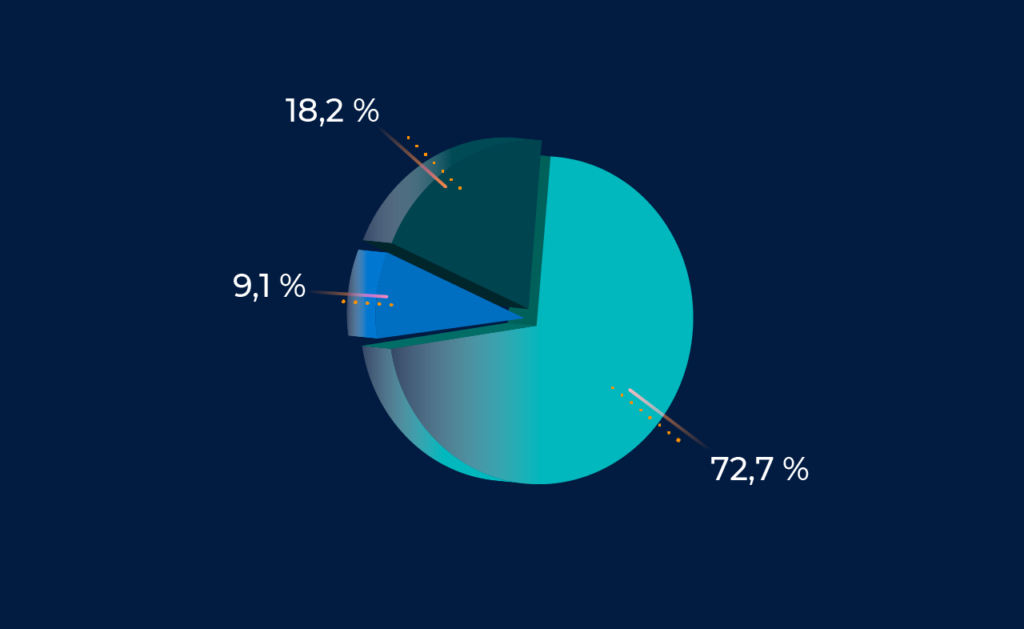How have digital landscapes transformed in the Covid era? Catch up with opinions from professionals in the field.

Contributors

Andy Smith
SITA
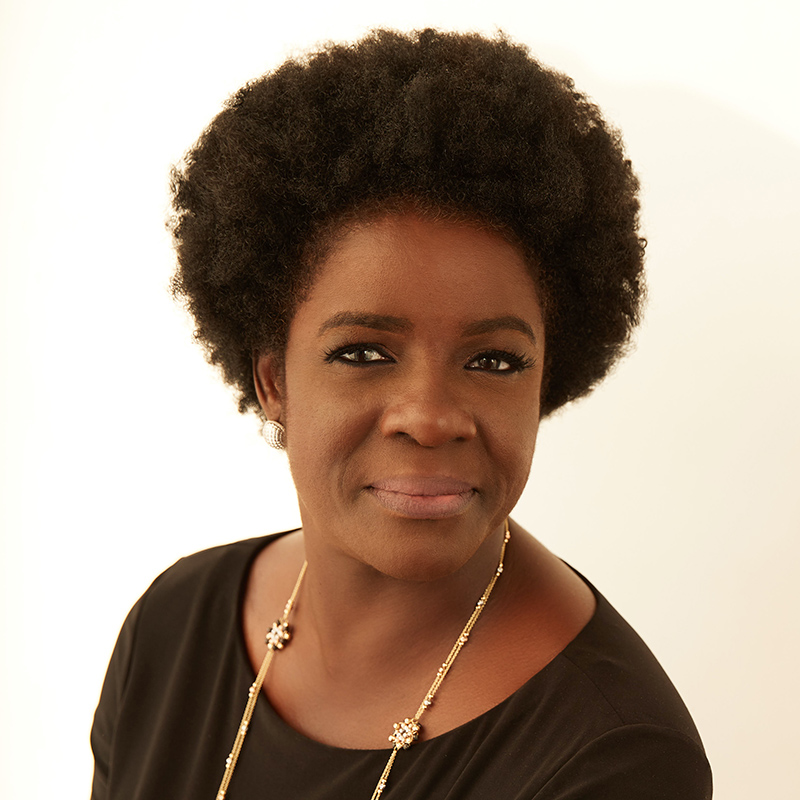


This year’s first-ever Trust Report Conference – which became a completely virtual event – and opened up discussions about how the pandemic has changed society and the way we do business. While many have adapted quickly and benefitted from the pandemic’s various spin-offs, others haven’t been as successful in adapting to new consumer behaviours.
We asked conference speakers, attendees and professionals in the field three questions – on the changing landscapes of digital identity, customer interaction, and who’s actually in charge of transforming trust in the digital space. Read a selection of their responses, both in the form of short anonymous answers and longer ones from the Trust Report Conference attendees and speakers.
1.“How do you think the pandemic has changed the way people think about digital identity?”

Andy Smith, SITA
“Obviously, there’s been a lot of discussion and concern over how to ensure we can travel safely, mainly based around the proviso that we have tests which we consider valid and legitimate. However, we’ve seen lots of bad examples of testsbeing manipulated, photoshopped, or in another way fraudulently obtained, so the whole idea of binding identity to test results and then having them processed has definitely increased concerns.
Every year, SITA launches an air-transport IT survey and the 2020 report was carried out at the height of the pandemic in September and October last year. Even then, 64% of airports had made an investment in rolling out self-boarding gates, using both biometrics and ID. We’ve noticed that the pandemic has accelerated the adoption of biometric and self-service technologies and enabled touchless technology as well.”

Yemi Keri, Heckerbella
“The pandemic has transformed many things in terms of digital identity. First, we were forced to go virtual in terms of work, and for this very reason a lot more people became willing to reveal their identities on digital platforms. To be able to work, socialise, or even get medical support, you had to share your identity online, otherwise others wouldn’t know who is behind the voice. People therefore began to share their identity more willingly.
The adverse part of this phenomena is the increase of cyber crime. For example, more people went online to do internet banking and more people fell victim to cyber crime, but still, it’s generally understood that we have to have our online identity known in order to exist in the ‘new normal’. People must therefore be more careful with passwords, company security, VPN, firewalls they use, etc., and each organisation has to make a deliberate effort to ensure that their own security, particularly where the identities of their patients or customers are kept, is secure.”

Taavet Hinrikus, Wise
“One of the results of the pandemic is that we have finally arrived in the digital-first world. Previously, people were talking about the offline world and the online world, and now we have reached a point where everything is online by default. And therefore, we now only have one identity which applies to both of these spaces.”
Read more answers by the conference attendees
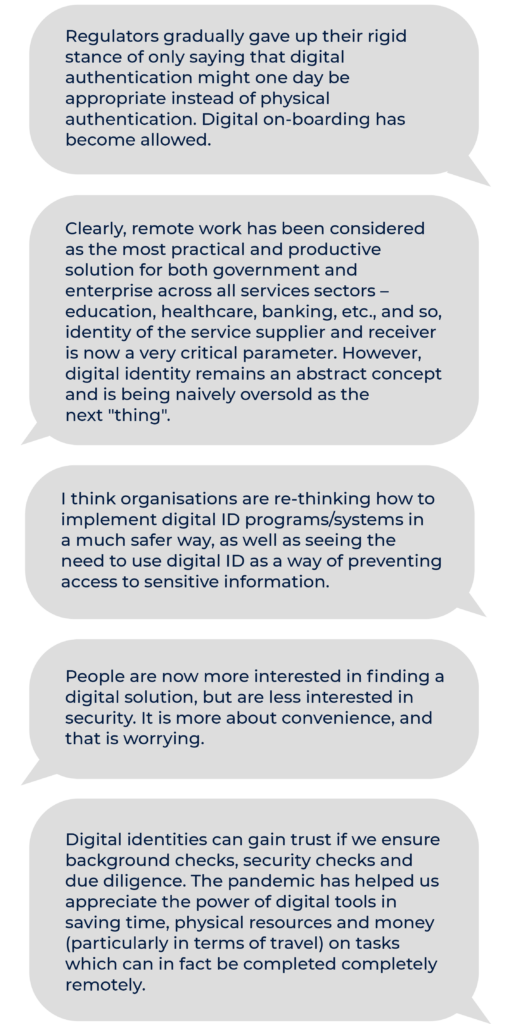
Do you think that the pandemic has changed the way people think about digital identity?

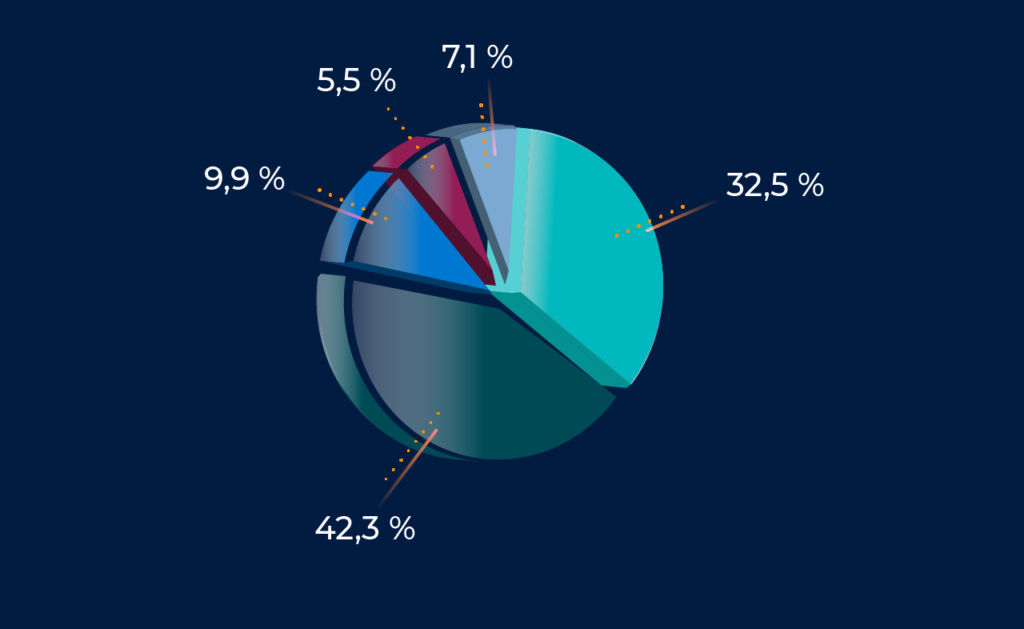
2.“How has the pandemic forced you to change the way you reach out to customers?”

Blair Crawford, Daltrey
“Our business just launched to the world in March 2020, which for many countries was the month they went into lockdown, but actually, it was an amazing time to start engaging with the market from behind computer screens. I think that for an early-stage business it was a very beneficial move in many ways because we got to speak to a really wide and diverse array of people very quickly, very cost efficiently, and very cost effectively.
“So, yes, it did change the way we’ve traditionally done business, but I suppose we have to work with what we are given. We certainly benefitted from the situation in terms of how quickly we could speak to people about the advantages of a digital ID. It aligned quite well with what we were doing.”

Taavet Hinrikus, Wise
“I have spent all my life working on digital-first or digital-only businesses, so in that sense, the pandemic has only been an acceleration for TransferWise. We were providing digital financial services before and we’re still doing that. If people have no option of going to an offline provider, that’s acceleration. So it really has only reenforced everything we’ve been doing so far.”

Andy Smith, SITA
“Working with the border management systems for over 25 years now, we understand how deeply impacted the countries are and, naturally, we want to help them and get people travelling again safely and securely.
“Very early in 2020, we were approached by several nations to help them close their borders safely, and now we’re helping governments reopen borders. In both instances we must do that safely, securely, and give confidence to all stakeholders:to the airports, airlines, the government, and just as importantly – the passengers, whom we want to give the confidence to travel again.
“To be able to do that, we had to adapt our portfolio and our systems in certain ways, such as incorporating the health declaration capability. We’re working with some health scheme providers to look at how we can bridge the gap between the health requirements (such as the Covid-19 tests which are still required when we travel) and the border management – airline and airport security processes.”
Read more answers by the conference attendees
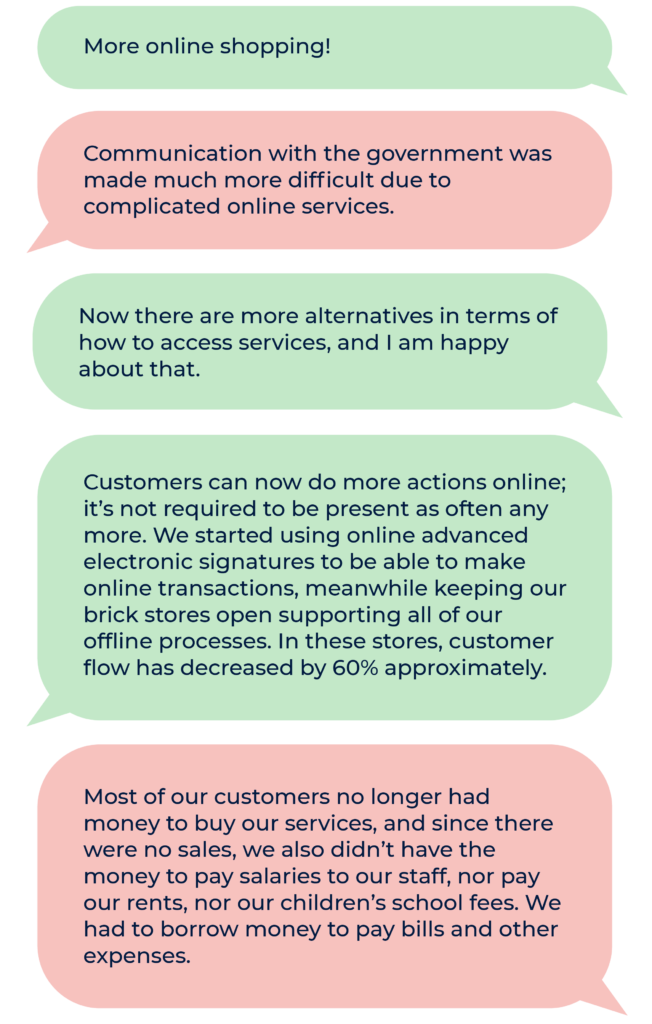
Has the pandemic changed the way you reach out to your customers?

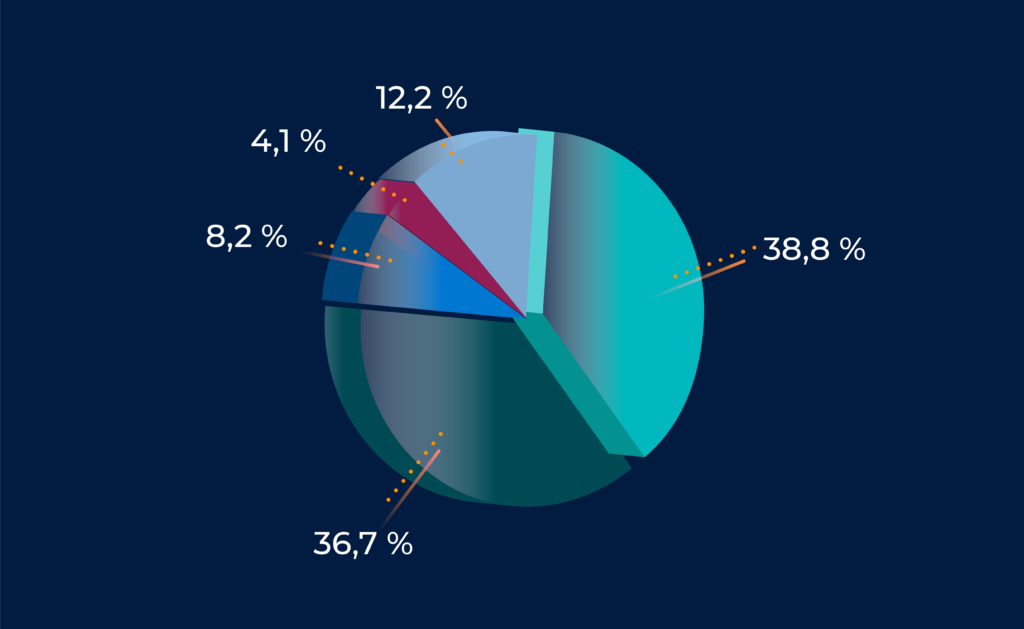
3.“Who do you think should lead the effort of rebuilding trust in the digital space: tech companies, regulators, or should it be a joint effort?”

Andy Smith, SITA
“I think from a tech company point of view, we can always operate fast as we’re agile. We can respond to new technologies and market demands very, very quickly. Regulators, by their nature, are slow. But we can’t do one without the other. We must get stakeholders such as airlines, airports, government regulators and tech providers working together collaboratively to deliver a safe and secure environment. Tech companies can certainly lead the way in showing the art of the possible, but we need to be very aware that regulators have many of the demands and that process is not just about opening borders, but the risks inherent in that.
“We always recommend that regulators should suggest the outcomes that they want to achieve. Then let technology deliver those, so regulators shouldn’t necessarily get involved in how they should deliver them. Let competition create an innovation to drive these outcomes; and to deliver outcomes that are not valid just in the next twelve months, but for the next three, five, or ten years.”

Yemi Keri, Heckerbella
“If you’re operating in a customer space, you have to be able to assure them that you can secure their operationsthat have moved online. And yes, there might be some attacks, but if anything goes wrong, you need to be transparentand let them understand what has gone wrong, what are the effects, and what you can do to help them avert or resolvethem. You must try to protect the customers and build your own trust with them. The tech companies have to do a lot more.”

Blair Crawford, Daltrey
“I think if we talk about trust, it’s first and foremost a human quality and it is about relationships between people. We must remain being human centric, but of course, technology now plays a part. Companies like Daltrey absolutely play a role because we can help facilitate that digital relationship.
“However, there is also a place for regulation and standardisation. I think that it’s important that everybodyunderstands the rules of the game in terms of how our technology should be operating, and how it all interoperateswith each other – for instance encryption, cryptography and the treatment of personal information. I think that it’s very important to start with the human relationship; let’s not forget about that, and then let’s use the tools to facilitate this world that we live in.”

Taavet Hinrikus, Wise
“I think the best way to define trust in the digital world is through a combination of different actors.
We do need governments and regulators to think from one perspective, as they can stand for the broadest interests. However, it would be incredibly foolish to forget about the other players. I think one of the things that characterises the digital world is that everything happens much faster and at a much bigger scale. That’s a key thing that the regulatorsmust think about, because typically, regulation has been a little bit behind the times – also for good reasons. But the biggest change is that everything is much faster and if regulation doesn’t adapt, it means that it becomes a stumbling block along the way.”
Read more answers by the conference attendees
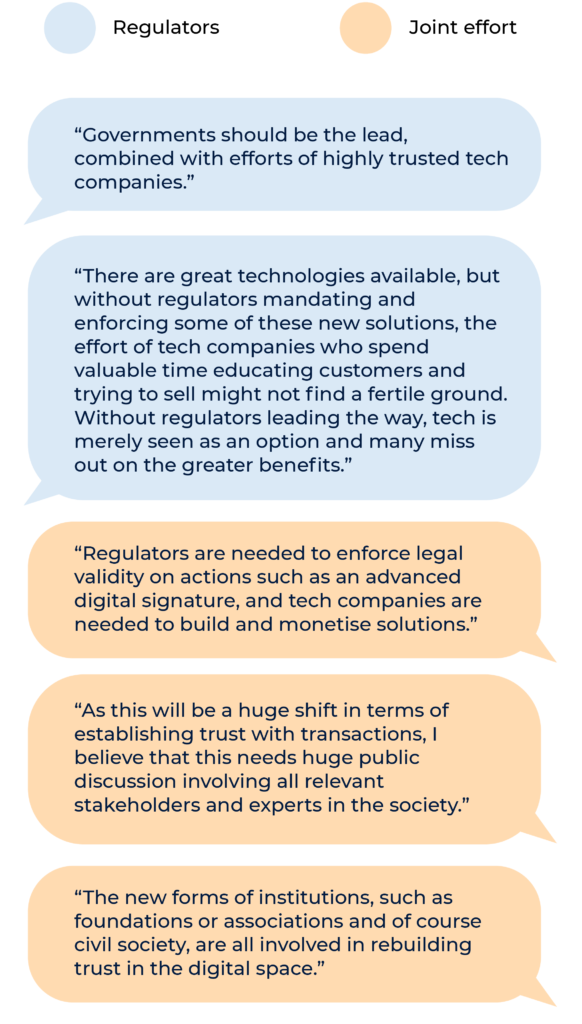
Who do you think should lead the effort of rebuilding trust in digital space: tech companies, regulatros, or should it be a joint effort?

